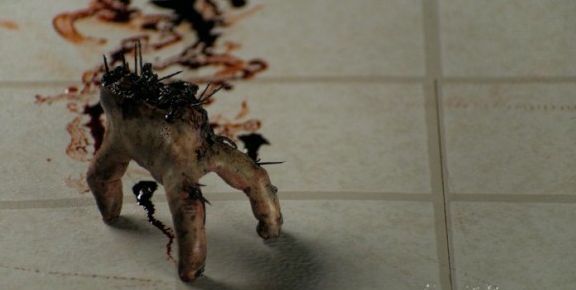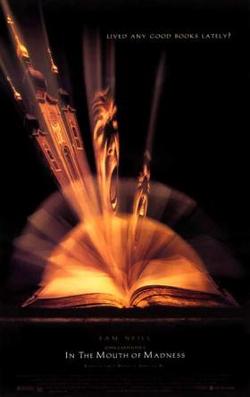Mayfly Drones: Size: Medium, Number Appearing: See Below, Armor Class: 5 Hit Dice 1-6 Movement: 12" 40" Fl Attacks: 3 Damage: 1d4, 1d4, 1d8 XP: 500
The Mayfly Queen is the progenitor god of an entire race of insect-like creatures. Although it has taken the name of the Mayfly Queen, it is not strictly female, nor is its race made up of Mayflies. Scholars speculate that it is a remnant of a previous universe, or an invader from somewhere else entirely. Planar historians have records of periodic infestations going back millenia, and while these infestations have been driven off, it has never been without cost, and the Queen herself has never been destroyed. It is speculated that the Queen's natural habitat is a place outside of time, that it worms its way into the cracks and breeds, forcing the cracks wider and wider until time itself splinters, and the hordes of the Mayfly Queen spill forth, consuming all in their path.
This begins the Mayqueen's cycle. The Queen is not native to linear time, and in order to survive in the hostile environment, the Queen must nest within the brain of a sentient creature, letting it act as a buffer. The longer the host would have lived had it not been taken by the Queen, the more energy exists to be converted. As such, the Queen typically targets the young, and sends whole detachments of its drones out to capture as many as possible. These unfortunates are wrapped up in a salival resin, and placed in storage for future use. For every month that the victim would have lived, it can protect the Queen for one day, at which point the host expires, and the Queen must find another.
Further, the Queen can use that same potential energy to create additional drones. Should she wish, she can burn through all of the host's potential energy to create 4d100 drones. A single host can spawn an entire legion of Mayfly Drones, and an infestation will typically result in thousands upon thousands of hosts. Some are kept near the Queen, allowing her to direct her Drones and replenish their ranks as they fall, while others are stuffed back into the cracks in Time, as she hedges her bets. Should she fail, there are always hosts stashed away in different places and times. Outside of time, the hosts' potential energy is multiplied a thousandfold, allowing for the Horde to reach vast sizes. These drones are not long lived, however, hence the name given to the species, and applied to the Queen. Born of potential energy, the Drones are unstable, and will typically only live for 1-2 days. They can consume the potential energy of living creatures to extend their own lifespans, however, at the rate of 1 day per victim.
Thus the Queen must constantly expand, her hordes consuming all living creatures, decimating entire planes of existence, before collapsing under the weight of their own need, or being driven back, at which point the Queen begins breeding anew, and the cycle begins again.
There are legends of a race of Eternal beings named the Aasir of the First City who appear during swarms, aiding the beleaguered defenders, but even they seem to favor containment over direct confrontations, and it appears that in certain instances, the Aasir have also been known to slaughter those same defenders, to prevent them from falling into the hands of the Mayfly Queen.
The Queen itself is a bloated parasite, resembling a giant tick. It is a mottled yellowish white color, like milk mixed with pus. It has two sharp claws, and a proboscis which can also deliver devastating damage. If damage is taken from the proboscis, the target must save vs. poison or be paralyzed for 2d6 rounds. If encountered, it will almost certainly be attached to a Host, latched onto the spine of the unfortunate creature. Its proboscis will be extended through the base of the skull, extending outwards through the mouth, and has been known to communicate, indicating that it does possess some measure of intelligence. If engaged directly in combat, it will immediately burn through its host and generate a host of defenders, and will only enter combat itself as a last resort. It has both Plane Shift and Time Shift available as last resorts, each is usable only once per day.
It should be noted that there are no records of the Mayfly Queen ever having been engaged directly in combat. Whether that is because no-one has been able to, or no-one has lived to tell the tale is unknown.





































